Using Salt to Treat Diseases in Freshwater Aquariums
Updated on 05/26/24
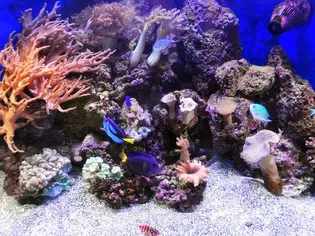
Unveiling the Healing Power of Salt: A Comprehensive Guide to Treating Diseases in Freshwater Aquariums
In the captivating world of freshwater aquariums, maintaining the health and vitality of our finned companions is paramount. Among the array of remedies available to combat diseases, salt has emerged as a versatile and effective solution, offering a safe and natural approach to healing ailments. In this comprehensive guide, we delve into the therapeutic properties of salt, exploring its applications in treating common aquarium diseases, and arming you with the knowledge to restore balance and well-being to your aquatic ecosystem.
Understanding the Role of Salt in Disease Treatment
Salt, composed primarily of sodium chloride (NaCl), possesses unique properties that make it an effective treatment for various aquarium diseases. Its antiseptic and disinfectant qualities help to inhibit the growth and spread of harmful bacteria, parasites, and fungi. Additionally, salt can promote osmotic balance, reducing swelling and discomfort in affected fish.
Recommended Salt Types for Aquarium Treatments
When selecting salt for aquarium treatments, the type of salt used is crucial. Common salt, also known as table salt or iodized salt, contains additives that can be harmful to fish. Instead, opt for pure, non-iodized aquarium salt or marine salt, which is specifically designed for use in aquatic environments.
Safe Salt Concentrations for Freshwater Aquariums
The appropriate salt concentration for disease treatment varies depending on the specific disease and the tolerance of the fish species. As a general guideline, the following concentrations are recommended:
- Hyposalinity Treatment: 0.3-0.5% salt concentration (3-5 grams of salt per gallon of water)
- Hypersalinity Treatment: 1.0-3.0% salt concentration (10-30 grams of salt per gallon of water)
It's essential to note that prolonged exposure to high salt concentrations can be detrimental to fish. Therefore, monitor your fish closely during treatment and adjust the salt concentration as needed.
Common Diseases Treated with Salt
Salt has proven effective in treating a wide range of freshwater aquarium diseases, including:
- Bacterial Infections: Fin rot, body rot, mouth rot
- Parasitic Infections: Ichthyophthirius (ich), Oodinium (velvet), Cryptocaryon irritans (marine ich)
- Fungal Infections: Saprolegnia, Achlya
- Protozoan Infections: Trichodina, Chilodonella
Step-by-Step Instructions for Salt Treatment
1. Prepare the Aquarium: Remove any activated carbon or resins from the filter media, as these may absorb the salt.
2. Dissolve the Salt: Dissolve the required amount of salt in a separate container of aquarium water. Do not add salt directly to the main tank, as it may cause shock to the fish.
3. Add the Salt Solution: Slowly pour the salt solution into the main tank over the course of several hours to allow the fish to adjust.
4. Monitor the Fish: Observe the fish closely during treatment. If any signs of distress, such as rapid breathing, lethargy, or gasping, occur, reduce the salt concentration or discontinue treatment.
5. Duration of Treatment: The duration of treatment varies depending on the disease and the response of the fish. Typically, salt treatments last for 7-10 days.
6. Gradual Acclimatization to Normal Salinity: After completing the treatment, gradually reduce the salt concentration over several days to allow the fish to acclimatize to normal salinity.
Case Studies: Success Stories with Salt Treatments
Example 1: Treating Fin Rot with Salt
Fin rot, a bacterial infection that affects the fins and tail, is a common problem in freshwater aquariums. A 0.3% salt concentration (3 grams of salt per gallon of water) was applied to a 10-gallon aquarium for 10 days. The affected fish showed significant improvement within 5 days, with the fin rot gradually receding and the fins regenerating.
Example 2: Eliminating Velvet Parasites with Hypersalinity
Velvet, caused by the parasite Oodinium, manifests as small, golden-brown spots on the body and fins of fish. A 2.0% salt concentration (20 grams of salt per gallon of water) was used in a 5-gallon aquarium for 7 days. The parasites were eradicated, and the fish regained their vibrant colors and healthy appearance.
Conclusion
Harnessing the therapeutic properties of salt is a safe and effective way to address a variety of diseases in freshwater aquariums. By understanding the recommended salt types, safe concentrations, and proper treatment techniques, you can create a healing environment for your beloved fish. Remember to monitor your fish closely during treatment and adjust the salt concentration as necessary. With the right approach, salt can restore balance and well-being to your aquatic ecosystem, allowing your finned companions to thrive.
Explore More Pets
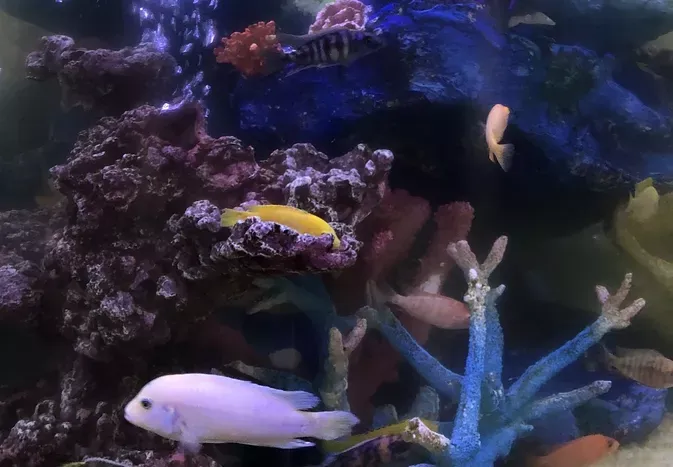
Freshwater Aquarium Filters
How to Deal With Cloudy Aquarium Water
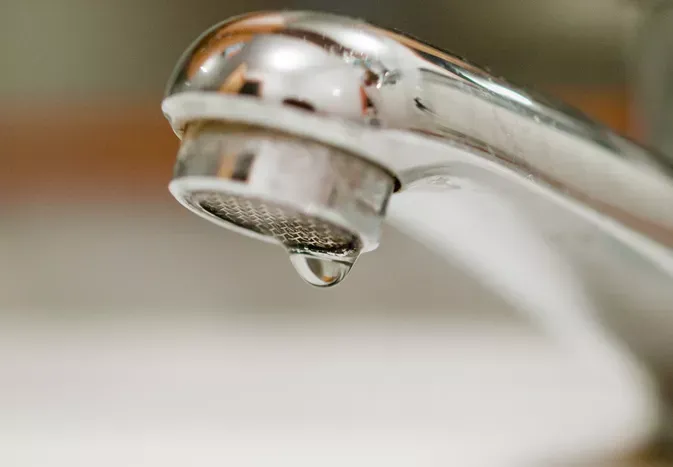
Saltwater Aquarium Filters
How Do You Remove Chloramines From Tap Water?
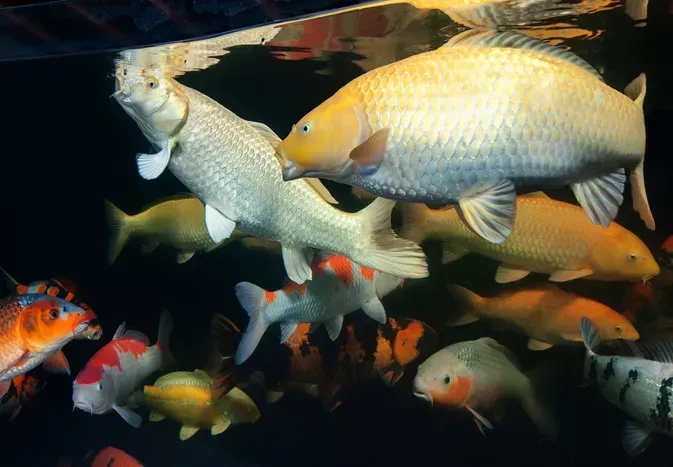
Freshwater Aquariums & Habitat
Can I Keep My Koi Fish Inside?
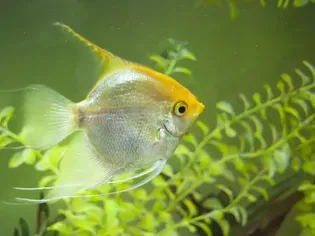
Saltwater Aquariums & Habitat
14 Best Floating Plants for Your Aquarium
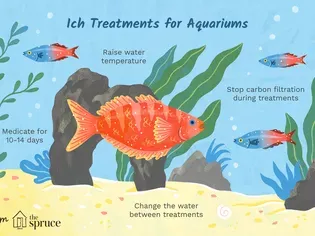
Freshwater Fish Health
How to Treat Ich on Freshwater Fish
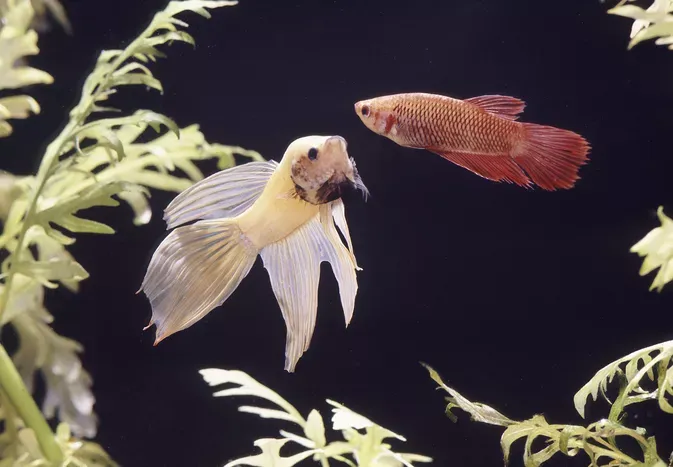
Saltwater Fish Health
Fin Rot in Aquarium Fish
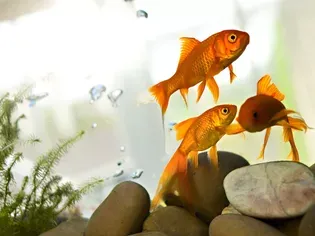
Freshwater Aquarium Filters
How to Do Aquarium Water Changes
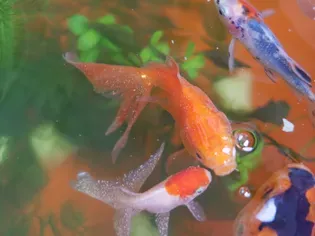
Saltwater Fish Health
How Do Fish Get Parasites?
